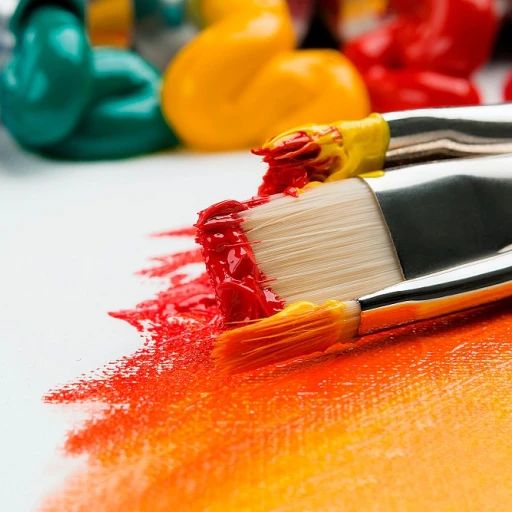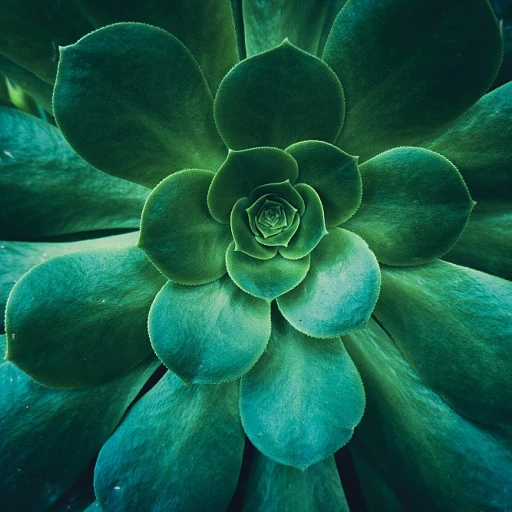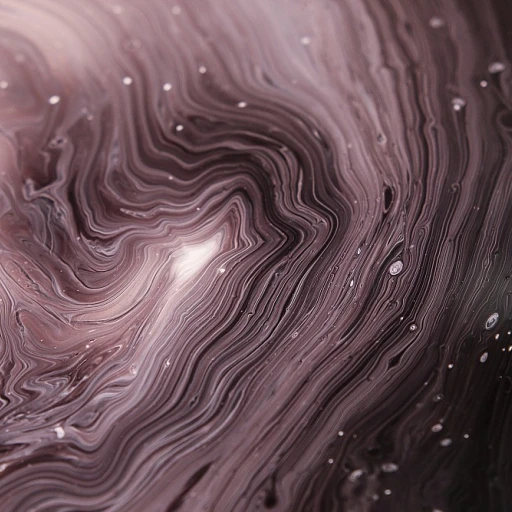-teaser.webp)
Understanding the Vulnerabilities of Oil Paintings
Recognizing the Fragility of Oil Paintings
Oil paintings, with their rich textures and vibrant hues, are a testament to the artist's skill and the medium's timeless appeal. However, these artworks are not immune to the ravages of time and environment. Understanding their vulnerabilities is crucial for anyone looking to preserve their beauty for the long term.
One of the primary concerns when it comes to storing oil paintings is the sensitivity of the oil paint itself. The paint layers can be affected by fluctuations in temperature and humidity, which can lead to cracking or warping of the canvas. This is why climate-controlled environments are essential for proper storage solutions.
Another factor to consider is the impact of light exposure. Direct sunlight can cause fading and discoloration, diminishing the artwork's original vibrancy. It's important to store paintings in a space where they are shielded from harsh light sources.
The materials used in oil paintings, such as the canvas and the paint mediums, also play a role in their preservation. Acid-free materials should be used to prevent deterioration over time. Proper storage techniques, including the use of mirror boxes and other protective measures, can help in maintaining the integrity of the artwork.
For more insights on preserving the allure of oil paintings, explore the allure of the 40x60 canvas in luxury art, which delves into the importance of size and presentation in art preservation.
Climate Control: The Key to Preservation
The Importance of Stabilized Environments
When it comes to storing your valuable oil paintings, one cannot overlook the critical role that climate control plays. Maintaining optimal temperature and humidity levels is essential to preserve these artworks. Oil paintings are particularly sensitive to fluctuations in climate. Extreme changes can lead to the cracking or warping of the painting canvas. Hence, a climate-controlled storage environment ensures longevity.
Aim to keep the storage temperature stable, ideally between 65-70°F. This range helps prevent the paint from expanding and contracting excessively. Humidity should also be regulated, ideally at 40-55%, to avoid mold growth and distortion of the painting materials.
Additionally, precautionary measures should be taken to avoid direct sunlight. Exposure to harmful UV rays can cause fading and deterioration over time. Hence, selecting a storage space with limited light exposure is advised for long-term preservation.
Professional climate control solutions, such as specialized storage units, offer precise temperature humidity regulation. Investing in these storage solutions not only protects your art collection but also enhances its value for future generations. For more insights on safeguarding your paintings with suitable mediums and techniques, explore the art of painting with water-soluble oil paints.
Choosing the Right Storage Space
Optimal Environment for Oil Masterpieces
Choosing the right space for storing your exquisite oil paintings is seminal for their longevity. Imperative to this decision are variables such as light, humidity, and temperature control. A climate controlled environment aids in maintaining the condition of the paintings, safeguarding them from common detriments.
Avoid exposing your masterpieces to direct sunlight, as UV rays can cause paint to fade over time. This is why a well-regulated, indoor storage unit is optimal. Should you store paintings in an area with windows, ensure they are covered with UV-filtering film. Limiting light exposure is a key strategy in any term storage solution.
When debating between storing your collection at home or in a professional facility, consider temperature and humidity as top priorities. Both must be stable to prevent cracking or warping of the canvas. Maintaining the temperature between 65 and 70 degrees Fahrenheit and relative humidity at about 45-55% is prudent. This alignment mitigates the natural expansion and contraction of the painting materials, thwarting potential damage.
Investing in proper storage solutions, such as custom storage racks, ensures your gallery is both organized and art-friendly. Opt for acid free materials for separation between paintings to prevent deterioration. Professional facilities often provide superior, climate controlled conditions and comprehensive protection against unforeseen disasters. This not only ensures the security of your valuable art collection but also enhances its aesthetic quality over the long term.
For more insightful tips on prolonging the grace of your art, delve into the nuances of optimal storage choices for paintings of all mediums.
Proper Handling and Packaging Techniques
Ensuring Optimal Care When Handling and Packing
Safeguarding oil paintings during handling and packing is crucial to preserving your art collection. The handling process itself can significantly impact the long-term condition and value of your work. Firstly, always handle paintings with clean, dry hands or consider wearing cotton gloves. This simple step prevents oils and dirt from transferring to the painted surface. A climate-controlled environment is ideal when moving paintings to avoid sudden temperature or humidity changes that can cause stress. When it comes to packaging, proper storage techniques are essential to maintain the paintings' integrity. Here are some effective methods:- Use Acid-Free Materials: Employ acid-free paper or tissue to wrap artwork gently. This prevents any adverse reactions between the painting mediums and the wrapping materials.
- Mirror Boxes for Storage: Utilize mirror boxes, available at most art and moving supply stores, to provide structured support and protection from external pressures.
- Bubble Wrap for Cushioning: Ensure the bubble wrap side faces outward to prevent the bubbles from imprinting on the surface of your oil paint, offering a cushion without causing damage.
- Avoid Direct Exposure to Light: Keep packed oil paintings away from direct sunlight. Prolonged exposure can lead to fading and deterioration of the painting materials.
- Secure During Transit: Reinforce the bottom and sides of the storage unit with cushioned materials and store paintings upright to prevent warping or paint cracking.
The Role of Professional Art Storage Services
When Professional Services Become Essential
In the intricate world of preserving oil paintings, sometimes the best approach is to engage professional art storage services. These experts are equipped with the finest knowledge to ensure the long-term safety of your precious artwork.- Climate-Controlled Facilities: Professional services offer state-of-the-art climate-controlled environments, crucial for maintaining the right temperature and humidity levels. This prevents the deterioration of the oil paint and the canvas, which can become compromised if exposed to the wrong conditions.
- Specialized Storage Units: Art storage companies possess not only the ideal space but also specialized storage units that are tailored to accommodate the unique needs of different painting mediums and sizes. From the smaller canvas to larger works, each item is stored with precision.
- Protective Measures: Professionals use acid-free materials and techniques such as mirror boxes to enhance the protection of the painting surfaces. These methods are designed to prevent physical damage and exposure to light, which can fade or alter the painting’s original colors.
- Routine Maintenance: Engaging with these services means your collection will undergo regular maintenance and inspections. This proactive approach ensures that potential issues are identified and addressed before they can pose a threat to the artwork’s integrity.
Regular Maintenance and Inspection
Significance of Routine Care and Check-ups
To ensure the longevity of oil paintings, consistent maintenance and inspections play a pivotal role. While implementing proper storage solutions and managing climate control are essential, regular check-ups are equally important to maintain an art collection's integrity. Routine inspections help identify potential threats such as dampness, unexpected temperature changes, and exposure to harmful light. By doing so, one can take proactive measures to avoid detrimental impacts on the medium and the canvas.- Monitor Temperature and Humidity: Regularly check the storage area's temperature and humidity levels. Fluctuations can harm the oil paint's structure, leading to cracking or distortion.
- Assess Light Exposure: Even if the art piece is stored, indirect light can eventually affect the painting's vibrancy. Ensure that the storage space is adequately shielded from any direct or indirect sunlight.
- Evaluate Material Condition: Periodically review the condition of the painting materials and the storage containers, like mirror boxes. This includes checking for any acid-free materials used to avoid any chemical reactions with the artwork.
- Incorporate Professional Insights: Consider involving professional art storage services to conduct comprehensive assessments. Their expertise can provide insights into proper handling and optimal storage strategies for your collection.














